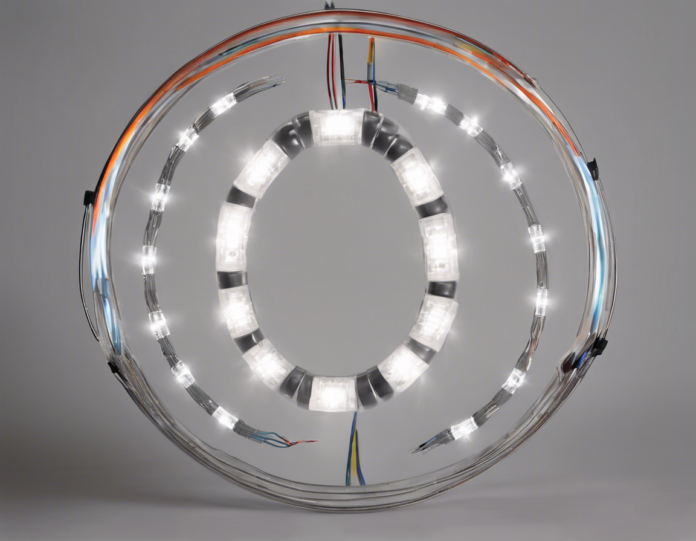In the realm of lighting technology, LED has emerged as a prominent player, revolutionizing the way we illuminate our surroundings. This energy-efficient and versatile lighting solution has gained immense popularity in recent years, with its applications ranging from household lighting to industrial use and entertainment. However, what exactly does LED stand for, and how does it work? Let’s delve deeper into the world of LED lights to uncover the full form and the science behind this innovative technology.
What is the Full Form of LED?
LED stands for Light Emitting Diode. It is a semiconductor device that emits light when an electric current passes through it. Unlike traditional incandescent bulbs that rely on heating a filament to produce light, LEDs generate light through a process known as electroluminescence. This efficient and durable lighting technology has become the preferred choice for various applications due to its numerous advantages over conventional lighting sources.
How Do LEDs Work?
LEDs function based on the principle of electroluminescence. When a forward voltage is applied to the semiconductor material within the LED, it energizes the electrons, causing them to move within the material. As these electrons recombine with electron holes, energy is released in the form of photons, which are the basic units of light. The color of the light emitted by an LED is determined by the energy band gap of the semiconductor material used in its construction.
Advantages of LED Lights:
1. Energy Efficiency:
- LEDs consume significantly less energy than traditional lighting sources, making them highly energy-efficient.
2. Longevity:
- LEDs have a longer lifespan compared to incandescent and fluorescent lights, reducing the frequency of replacements.
3. Durability:
- LEDs are durable and resistant to shock, vibration, and external impacts, making them ideal for various environments.
4. Instantaneous Illumination:
- LEDs light up instantly without any warm-up period, providing immediate illumination when switched on.
5. Design Flexibility:
- The compact size and versatility of LEDs allow for innovative lighting designs and applications in various settings.
Applications of LED Lighting:
1. Residential Lighting:
- LEDs are commonly used in homes for ambient lighting, task lighting, and decorative purposes.
2. Commercial Lighting:
- Offices, retail spaces, and commercial buildings utilize LEDs for efficient and cost-effective lighting solutions.
3. Outdoor Lighting:
- LED technology is widely employed in street lights, parking lots, and outdoor signage due to its durability and energy efficiency.
4. Automotive Lighting:
- LEDs are increasingly integrated into automotive lighting systems for headlights, taillights, and interior lighting.
Common FAQs About LED Lights:
Q1: Are LED lights more energy-efficient than traditional incandescent bulbs?
A1: Yes, LED lights are significantly more energy-efficient than traditional incandescent bulbs, consuming up to 80% less energy.
Q2: Do LED lights emit heat?
A2: LED lights produce very little heat compared to incandescent bulbs, making them safer and more comfortable to use.
Q3: How long do LED lights last?
A3: LED lights have a longer lifespan than traditional bulbs, typically lasting 25,000 to 50,000 hours or more.
Q4: Can LED lights be dimmed?
A4: Yes, many LED lights are compatible with dimmer switches, offering flexibility in lighting intensity.
Q5: Are LED lights environmentally friendly?
A5: LED lights are eco-friendly as they contain no harmful substances like mercury and are recyclable. They also reduce carbon emissions due to their energy efficiency.
In conclusion, LED lights have revolutionized the lighting industry with their energy efficiency, longevity, and versatility. Understanding the full form of LED as Light Emitting Diode sheds light on the science behind this innovative technology. With a wide range of applications and benefits, LED lights continue to illuminate our world while paving the way for sustainable and efficient lighting solutions.




















